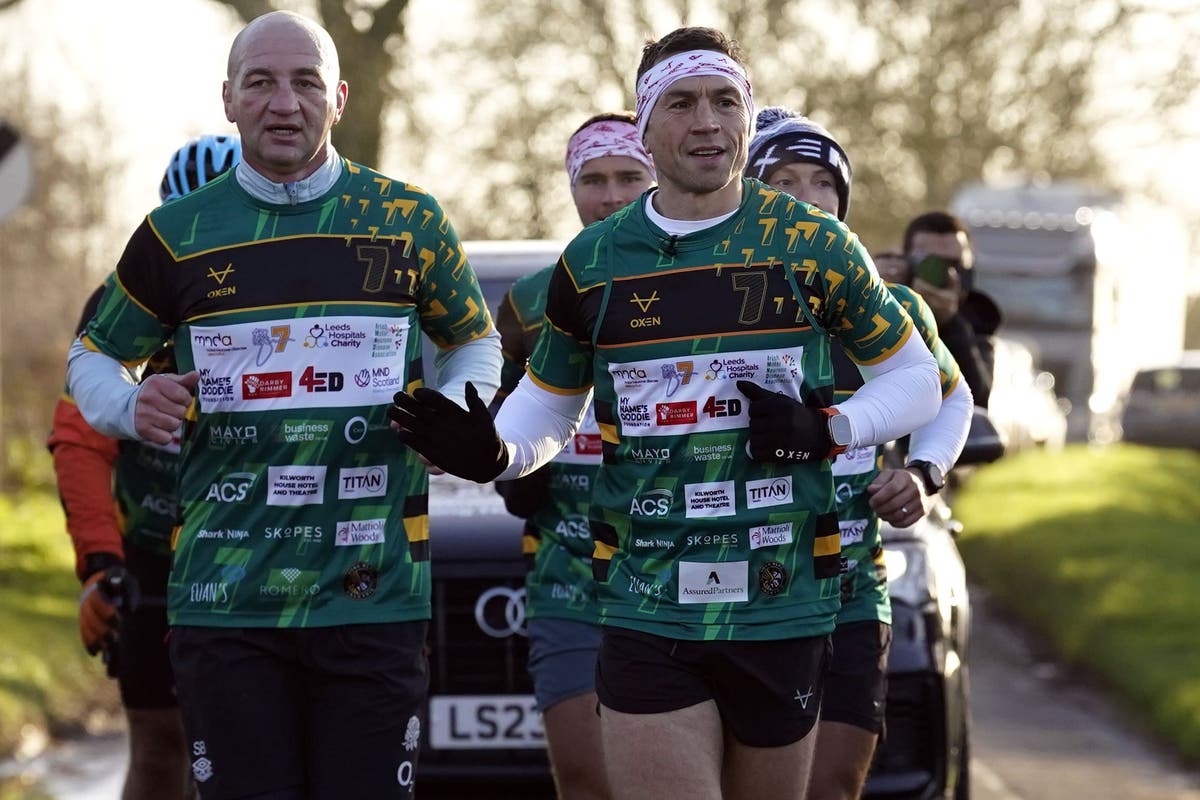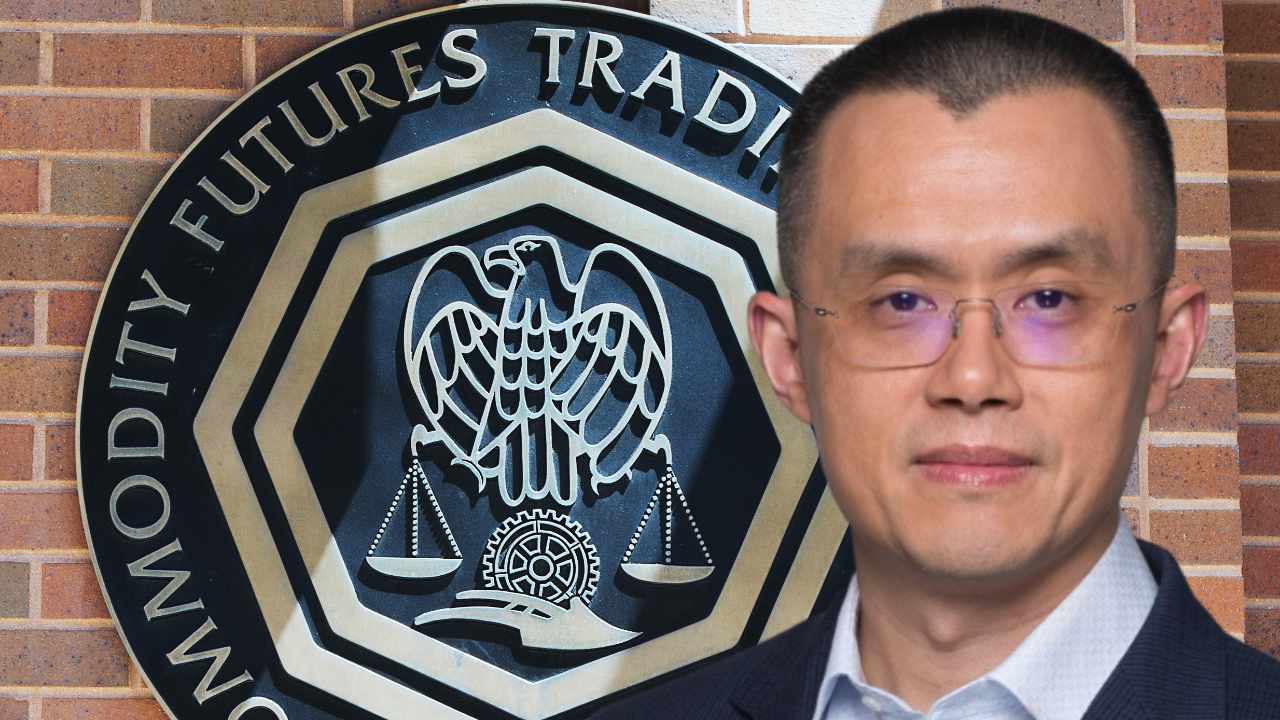Or: how to make a scene go off without a Hitch.
Welcome to The Queue — your daily distraction of curated video content sourced from across the web. Today, we’re watching a video essay about Alfred Hitchcock’s four-step system to a great movie scene.
Listen, I get it. Articles that purport to break down a subjective expression of human artistry into steps should raise some eyebrows. What do you mean Mr. Auteur Cinema directed every one of his banger scenes following the same formula? How can you reduce art to a grocery list?
Well, speaking of groceries, here’s a handy metaphor: think of it like a recipe. Will following the instructions for making pizza dough make you one of the best pizza-makers in the world? No. But it will give you a bitter idea of how the sausage, uh, pizza dough, is made.
The following video essay is a breakdown of the reliable ingredients that appear in Alfred Hitchcock’s most suspense-rich scenes. I’ll leave the elaboration to the video essay below, but in brief they are:
- A transition from movement to stillness and back to movement;
- Mounting music
- A close-up shot (or a couple) sandwiched between long shot
- Exploiting the Kuleshov effect
But seeing is believing. And visual learning is key when it comes to internalizing filmmaking factoids. So dive in, make sure there’s no bomb under your table, and dig in:
Watch “Alfred Hitchcock’s Four-step System to a Great Scene”
Who made this?
This video essay on how Alfred Hitchcock structures a scene is by Wolfcrow. Their YouTube channel is dedicated to educating their audience on the ins and outs of cinematography. You can subscribe to them on YouTube here. And you can check out their website here.
More videos like this
Related Topics: Alfred Hitchcock, The Queue

Meg has been writing professionally about all things film-related since 2016. She is a Senior Contributor at Film School Rejects as well as a Curator for One Perfect Shot. She has attended international film festivals such as TIFF, Hot Docs, and the Nitrate Picture Show as a member of the press. In her day job as an archivist and records manager, she regularly works with physical media and is committed to ensuring ongoing physical media accessibility in the digital age. You can find more of Meg’s work at Cinema Scope, Dead Central, and Nonfics. She has also appeared on a number of film-related podcasts, including All the President’s Minutes, Zodiac: Chronicle, Cannes I Kick It?, and Junk Filter. Her work has been shared on NPR’s Pop Culture Happy Hour, Business Insider, and CherryPicks. Meg has a B.A. from the University of King’s College and a Master of Information degree from the University of Toronto.
















